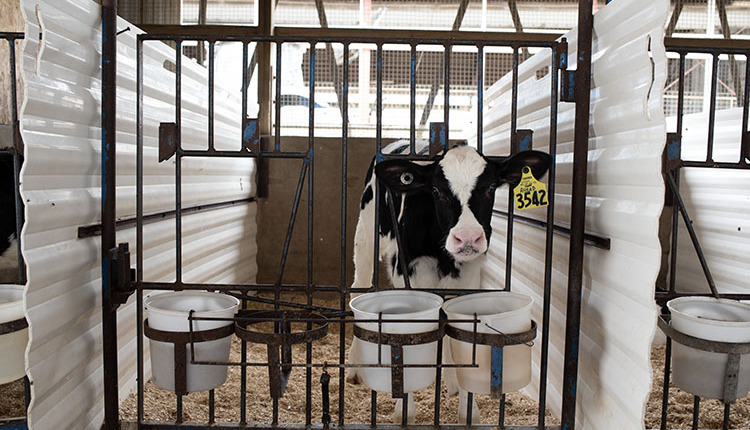
When you consider major sources of variability in terms of nutrition, a single ingredient might not be on the top of your list for consideration. However, what if that ingredient was the only source of nutrition? A longer time to consider the implications of that variable feed ingredient might be warranted.
Milk is the ideal package in which energy, protein, vitamins, and minerals are combined into a single ingredient designed to promote the growth and health of the calf. Both saleable and nonsalable milk can be fed effectively to meet the requirements of the calf. However, regardless of the type of milk provided, the nutrient source can vary significantly.
It has been well characterized that nonsalable milk can have variable levels of nutrients. The number of treated and transition cows included in a pool of nonsalable milk can change day to day, and even as frequently as between milking shifts.
Likewise, saleable milk can vary depending on how it is pooled together to feed to calves. As part of a project we conducted at Miner Institute, we collected samples of saleable milk fed to calves twice daily over several months on a single farm to analyze the composition.
Big range in nutrients
The results for fat, protein, and solids are shown in the figure. There was a range of 1.54% to 7.71% fat, 2.67% to 3.55% protein, and 10.52% to 16.29% solids. The saleable milk was collected from the pipeline so the timing of collection could influence what milk was fed to calves at each shift.
Other studies have observed similar ranges of nutrients, indicating that although calves are fed similar volumes daily, they may not consume the same amount of nutrients. Variable nutrient intake from milk can result in decreased average daily gain, starter intake, and feed efficiency.
When feeding milk, the solids content should be measured at each feeding using a Brix refractometer. With that information, extenders, milk replacer, or individual ingredients can be included to help provide a more consistent source of nutrients.
Additional consideration for saleable milk collection can also minimize variability. By pulling from a larger pool of milk, the variability added by individual cows will be minimized and a more consistent source of nutrition can be attained. Manage milk for consistency and break the bottleneck.

The blue line represents the samples collected in the morning and the orange line represents the samples collected in the evening. In each figure, the black line represents an expected composition based on what typically would be observed for Holstein bulk tank values. In this case, the expected composition was set at 3.8% fat, 3.1% protein, and 12.5% solids.








